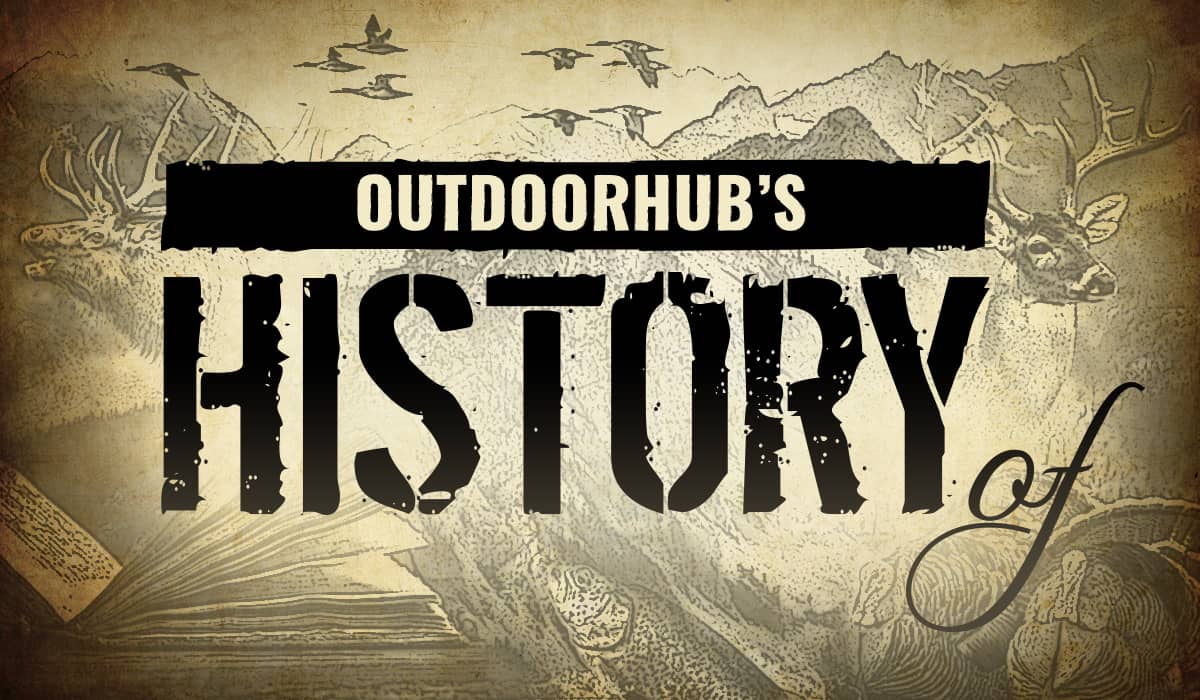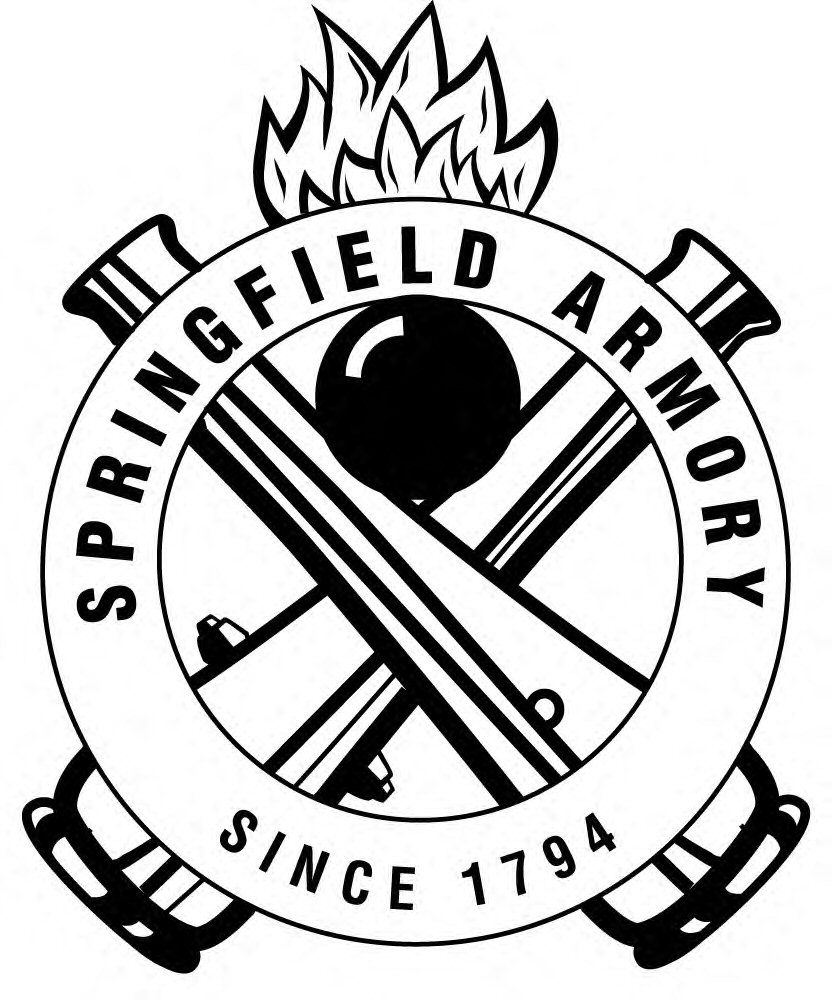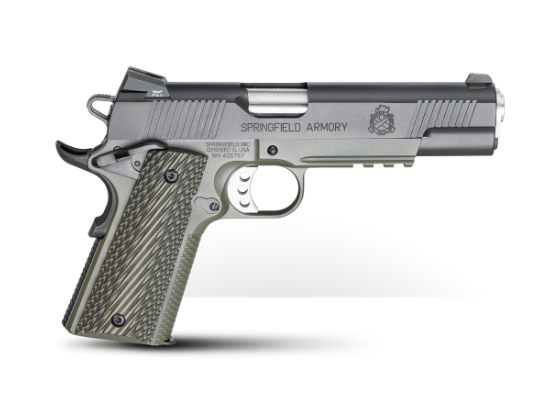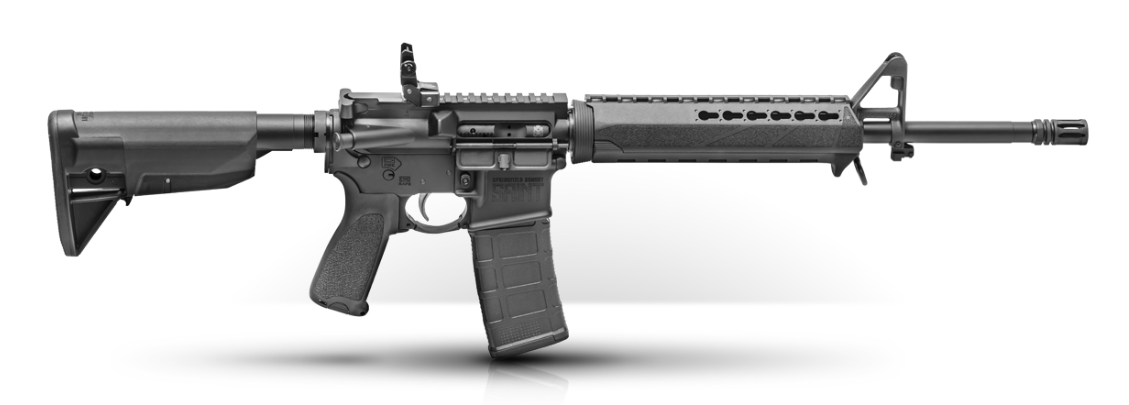OutdoorHub’s History of: Springfield Armory
Jeff Williamson 06.08.18

The name Springfield Armory conjures up images of the American Revolution, perhaps Shay’s Rebellion, and certainly stacks of arms from muskets to Garand and M14 rifles. It is an easy, almost desirable, inclination to link the modern arms maker Springfield Armory Inc. with a direct heritage of US arms back to literally “The Beginning.” Indeed, that certainly was the intention when Robert Reese obtained a license to the name in 1974 for his own arms manufacturing company. It was not, after all, a bad idea.

The original Springfield Armory was founded in 1777 under the direction of Generals Henry Knox and George Washington himself. Springfield was located in western Massachusetts along the banks of the Connecticut River and well situated for river as well as road traffic. Yet being above Enfield Falls, the site is simultaneously protected from seaborn assault. During the American Revolution the “armory” produced precious few arms but did manufacture powder and shot as well as stored what “surplus” weapons the Continental Army could get its hands on. After the war, it was the site of the first challenge to Federal authority when rebels against a tax on whiskey led by Daniel Shays attempted to seize what weapons they could. That effort failed, and the rebellion was shortly thereafter suppressed. The following decades saw a fledgling but legitimate production facility take root. Throughout the 19th century a series of long arms were designed, developed and manufactured on site. From 1855 through the Civil War and after there were up to nineteen production models of Springfield rifles up to and including the models 1892 and 1903.
At the start of the 20th Century it became clear it was necessary for another upgrade to keep US troops on par with the Great Powers. Thus the 1903 Springfield was born. It undeniably borrowed heavily from Germany’s Mauser designed rifles, so much so that Springfield was sued and eventually made to provide royalties. Yet the Springfield proved a very reliable and accurate battle rifle at a time the US was edging onto the world stage. Over the next five decades another three famous firearms would come from Springfield. These were of course the model 1911 Colt pistol, built under license, along with the M1 Garand rifle in the 1930s and the M14 model rifle in the 1950s. It was the arsenal’s inability to maintain sufficient production of the M14 for the Vietnams conflict that helped lead to the decision of its closure in 1968 by order of Secretary of Defense Robert McNamara. The site has since been sold off piecemeal except for a core group of facilities that has survived on the National Register of Historic Places.

It was the end of an era. Springfield Armory became the name of a museum looking to the past. The name, however, was too good to let go from a commercial perspective. Around the same time as the Armory’s closure, Texas firearms maker Elmer Ballance of LH Manufacturing began using the name Springfield Armory on a civilian variation of the M14 rifle, the beloved M1A. In 1974 Ballance chose to sell his company to brothers Dennis and Tom Reese, owner operators of a production shop in Illinois. These two then obtained the license to the name Springfield Armory for their production of M1A rifles as well as 1911 model pistols. It was their decision to keep the name and tradition of America’s first arsenal alive while producing civilian legal versions of the last firearms to come from there.
The legacy of the Springfield Armory name continues to add prestige to the products of the modern company and helps justify the company’s motto “The Oldest Name in American Firearms.” An important distinction: oldest name, not manufacturer. Though to solidify that association, the quality and reliability of their initial products are nothing short of battle tested as they are built using the same blueprints from the original arsenal. The M1A as well as M1 Garand clones and various 1911 models by Springfield are among the most prized and used of many a collector and shooter. Additionally, over the following decades Springfield Armory Inc. has also either produced clones of, or labelled other manufacturer’s products including the FN FAL, a CZ75 clone called the P9 – made by Tanfoglio of Italy and essentially the same as the EAA Witness – and a commercial variant of the USAF M6 Survival Rifle. However, the main products Springfield Armory were, and are still, the domestically made, quality variants of the M1A and 1911 pistol.

Currently there are seven models of the M1A. Chambered in 7.62×51, it is one of the most sought-after rifles for competitions. The accuracy and robustness of the parent rifle, the M14, have led that firearm to be resurrected from mothballs by US armed forces engaged in combat in Afghanistan: the rifle is perfectly suitable for engaging targets out to 800 yards. Civilians find the M1A to be just as comforting in long range target shooting.

Similarly, Springfield’s 1911 models are among the most reliable and well-made versions on the market with over two dozen models to choose from. While there are a great many 1911 models from different companies available, only Springfield has a name and reputation equal, if not superior, to that of Colt among handgunners seeking not to break the bank on custom made – and priced – products.
Starting in 2002, the company began importing the Croatian made HS2000. A polymer framed, striker fired pistol already in service with the Croatian armed forces, it quickly became a commercial success in the US as the Springfield model XD (Extreme Duty). With its dual passive safeties – trigger and grip – as well as its loaded chamber and cocked indicators, the model XD is very popular, especially among new shooters and is often considered a competitor – to some a blasphemy to even consider – to Glock products. The XD series was soon followed upon by the XDM (Match), XDS (single stack) and XD Mod2 (improved grips and sights) models. While sometimes disparaged for not being US made, it is nonetheless a worthy product for consideration as the XD series of pistols have proven quite reliable. Quite simply, the Croatians are like the Israelis in that they do not often get along with their neighbors – consequently they like their weapons to work and only keep the ones that do.
Following in the wake of both the AR15 craze and the growing popularity of carry concealed weapons, Springfield has also introduced the model Saint – their AR15 style rifle – as well as additional compact pistols to complement their XDS series. This includes the model 911 and a selection of EMP, compact 1911 style pistols. In fact, Springfield was among the first to get John M. Browning’s venerable design to work in such a small package.

While there is little connection between the Federal arsenal founded during the American Revolution and the Springfield Armory company of today beyond the name and the M1A and 1911 line of products, that limited association has served the company exceedingly well. Active participation at the forefront of shooting sport news and political initiatives equally keeps the company prominently placed within the realm of customer awareness. The company has received the NRA’s America Rifleman’s Golden bullseye award four times and continues to participate intimately at the national shooting matches at Camp Perry – the annual pilgrimage run by the Civilian Marksmanship Program (CMP) at the National Guard Training facility in Ohio.
As such, it continues to be very easy to associate the company with America’s first military munitions manufacturer. Thankfully, it is a company that strives to be worthy of the name through both quality products and an active involvement in the promotion of the shooting sports. It’s not Washington’s Springfield, but it is closer than anyone can expect to get.

